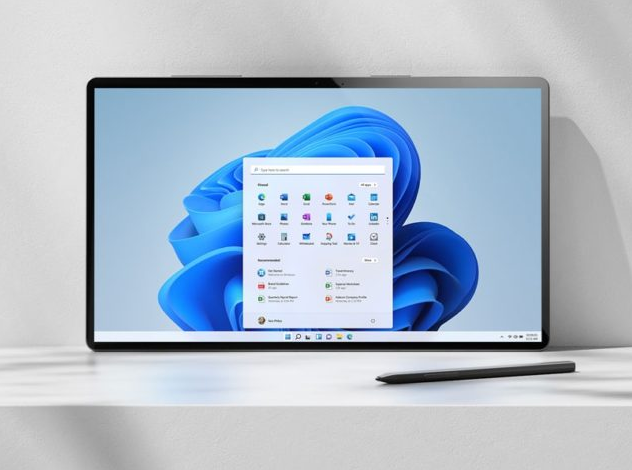
Windows 11 has been among us since October 4, 2021. In this second “mesversary”, the Microsoft baby has made some progress, released new features for PCs, and continues with bugs here and there. And how is it being to use the new version? We took stock of these first two months.
Problems happen at the launch of any operating system, and with Windows 11 the story was no different.
One of the most drastic defects affected users of AMD Ryzen processors, who saw a decline in the performance of their machines. A first update worsened the case, but a later fix partially resolved the issue.
Other parts of the system also did not turn out as expected in the first few weeks. This was the case with the image capture tool, which simply didn’t work. Fortunately, it was possible to give a little way to fix the problem. Even the taskbar of the previous version was able to continue appearing after the upgrade on some computers.
Some problems, however, remain unsolved. This is the case of the slowness in NVMe-type SSDs, which comes from the times of the preview version and so far remains unsolved.
Personally, the biggest hindrance I’ve encountered in Windows 11 so far is that the system comes back from very slow and crashing standby mode. Even though my notebook doesn’t have SSD, which could make this process easier, it was something I didn’t face in Windows 10.
Besides, there are little problems here and there. Sometimes the Widgets section doesn’t appear when you click, for example, and you’ve gone weeks without offering customization options. The media control area doesn’t properly display what I’m hearing or doesn’t even appear at times.
Software news is coming gradually
Windows 11 promised a lot of new stuff on the system, but it came with fewer features than promised. The trend is that these tools will be made available little by little in the coming months.
The side-by-side window feature has gained an upgrade, and you can now see them as a group on the taskbar. In my experience, this was one of the best news, if not the best. I often work with two windows positioned side by side, so I can query fonts in one and write in another, and the feature helps me a lot, since it is much more practical to resume my tasks.
The forecast is that it will get even better soon. Microsoft is testing to put these groups also in Alt+Tab, making it easy to access quickly without relying on the mouse.
And in times of remote meetings because of home office and pandemic, nothing better than to facilitate the ability to mute or open the microphone. Windows 11 should earn a microphone icon on the taskbar—so you have quick access to the feature, regardless of the platform you’re using to do your video conferencing. For now, however, this is only available on developer channels and works only in Teams.
A notable absence was support for Android apps. Microsoft had previously warned that the feature would not be available at launch. So far, it has only officially reached users of the preview version in the US.
The partnership with Amazon, which will be responsible for distributing the apps through its Appstore, is also quite limited, with a list of 500 apps selected. And it’s logical that users have already discovered a way to sideloading APK files.
Windows 11 has the ambitious proposal to unify new and old apps under the same visual language. This is not as simple a task as it seems—the system has been there for a long time and is full of legacy parts of older versions. Little by little, however, he goes walking in this direction.
Notepad, for example, is one of these dinosaurs that will get a new robe soon, with the right to dark mode and search improvements. It is already in testing with Windows Insiders participants. Another that should gain dark mode is paint.




